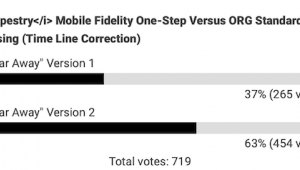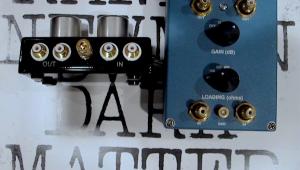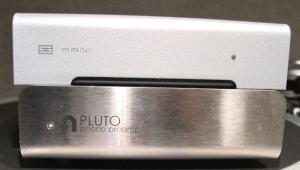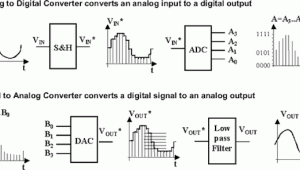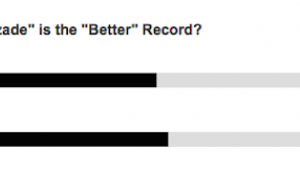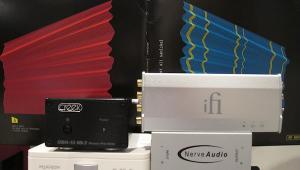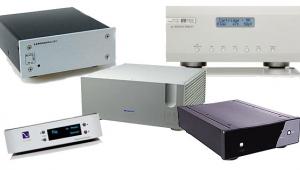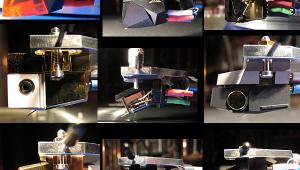Sometimes, you hear what you want to hear. Many probably changed their minds after seeing poll results.
Primary tabs
Do Record Mats Really Make a Sonic Difference? And if So, Which of These Do You Prefer.
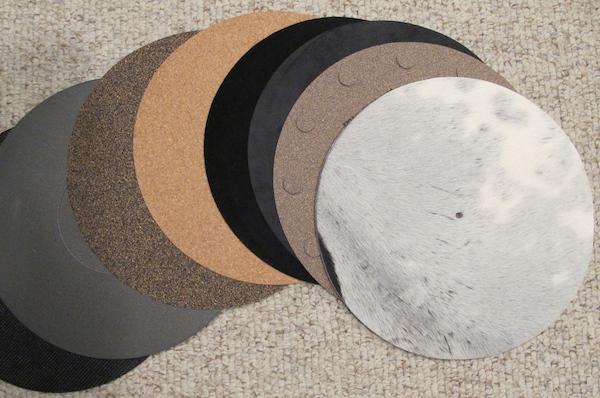
The original 96/24 Nagra digital recording used three Neumann M50 tube microphones in the classic "Decca tree" configuration.
The turntable/tonearm used was the recently reviewed Zorin Audio combo fitted with a Lyra Titan i feeding a feeding the recently reviewed Swan Song Audio Cygnet MC phono preamplifier. The A/D converter was the Ayre QA-9 currently under review. The files are 16 bit/44.1K WAV.
The mats were: 1) the stock carbon fiber one supplied with the Zorin 2) a Boston Audio Graphite mat 3) "The Simple Mat" made from synthetic cork 4) a now discontinued one of what feels like ultra-thin 1/16th of an inch cork from a fellow who shall remain nameless and whose mat was nameless so I'll call it the Brooklyn mat 5) the Hideinthesound suede mat 6) the Hideinthesound split mat with suede on one side and a smooth hide on the other side, 7) The Music Hall cork mat with the raised discs 8) the Moo mat made of cow hair and hide.
There are dozens of other mats worthy or coverage but we'll start with these.
Please download the files and listen. The plucked, percussive mandolin is an ideal instrument to demonstrate differences (if there are any) among the mats in terms of transient speed and clarity, sustain and decay—especially given the recording technique, which produces stable, three-dimensional images.
There's no "best" or "worst" (assuming you hear any difference at all). It will just be interesting to see if a consensus develops around one or two of them.
After voting, please leave a comment about what you heard and why you voted as you did.

- Log in or register to post comments


Hi. I've been a commercial mix and mastering engineer for 30 yrs. Thanks for this article, took me ages to find some actual empirical test data rather than BS insta click bait '7 best slipmats' etc.
tbh I'm actually blown away at the difference. I lined them up in a DAW on my mastering rig so I could solo hot swap - the way I do to get the sound right on masters.
The difference is clear for each. So clear in fact, i've literally just ordered a Music Hall mat for my vinyl transfer rig, which I've only recently started doing. It was a clear winner for me in natural response across the spectrum, with #4 next (the ultra thin cork mat) and #1 - the original carbon fibre, juat a whisker behind. I could live with those two and tbh, one could tune into any of them musically as a whole piece. But I've put my money where my hearing is.
I'd actually like to see someone take this on fully. With a seriously sensitive test rig for forces and slow motion for movement. My immediate reaction is that what I'm hearing is effectively all horizontal/vertical/lateral/rotational momentum. So there will be a sweet spot in hardness where some friction and damping from vertically transmitted platter transmitted vibrations and impact rebound is good, but the transients are not losing out to horizontal tangential slip as the softness/ elasticity increases. It will all vector out of course as the two components are not separable in reality. And rotating systems can behave might weird to our eye - gyroscopes. Certainly backs up the idea that heavy vinyl plays better.
Does anyone know of similar test recordings with added weights and clamps? Again, there MUST be a sweet spot with adding mass/momentum - like so many of these complex mechanical systems. too much will veer toward hard coupling the vinyl to the platter underneath. I'm now convinced even more that's not a good thing, neither is too much flex.
Pages
- « first
- ‹ previous
- 1
- 2
- 3
